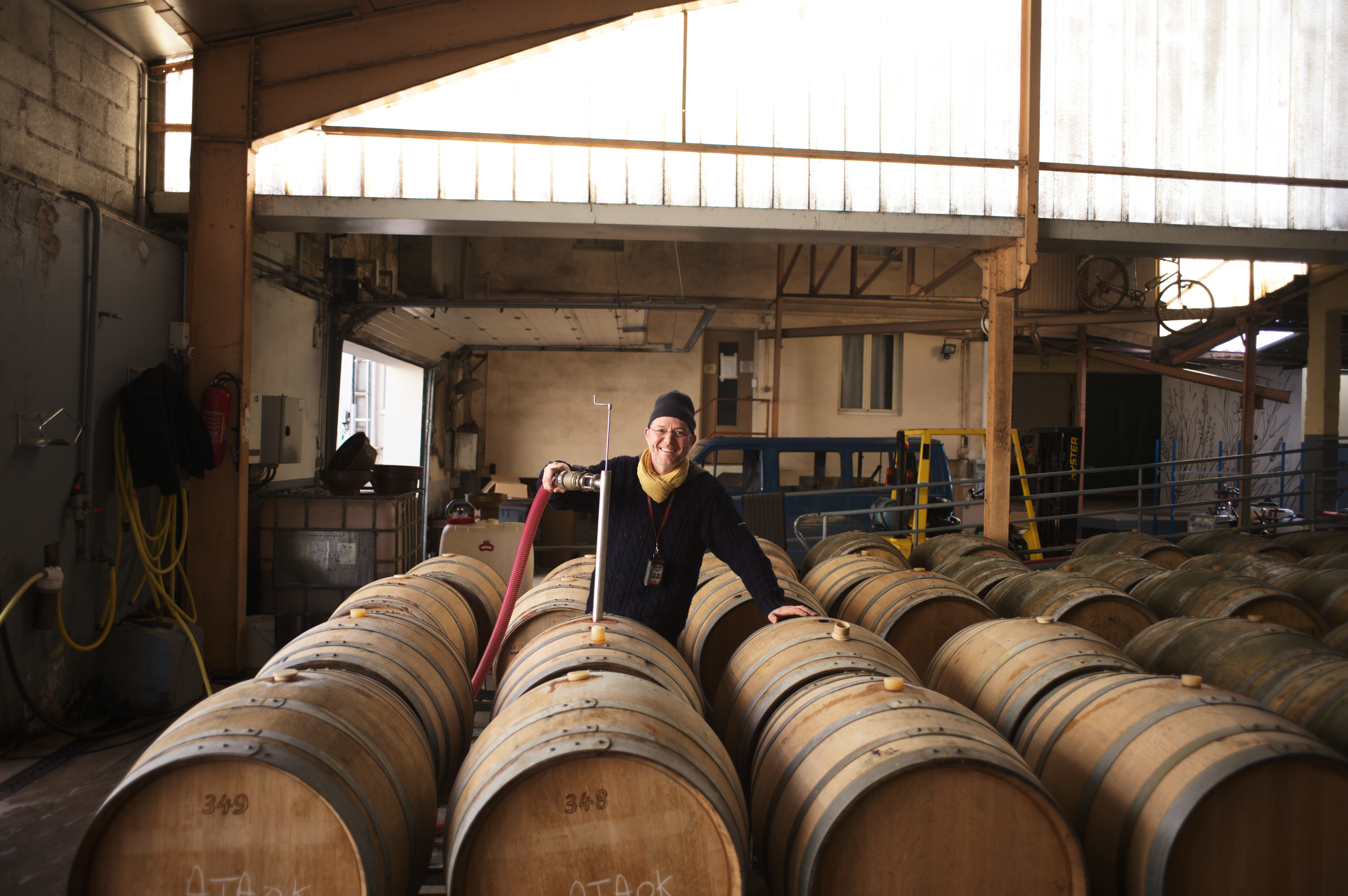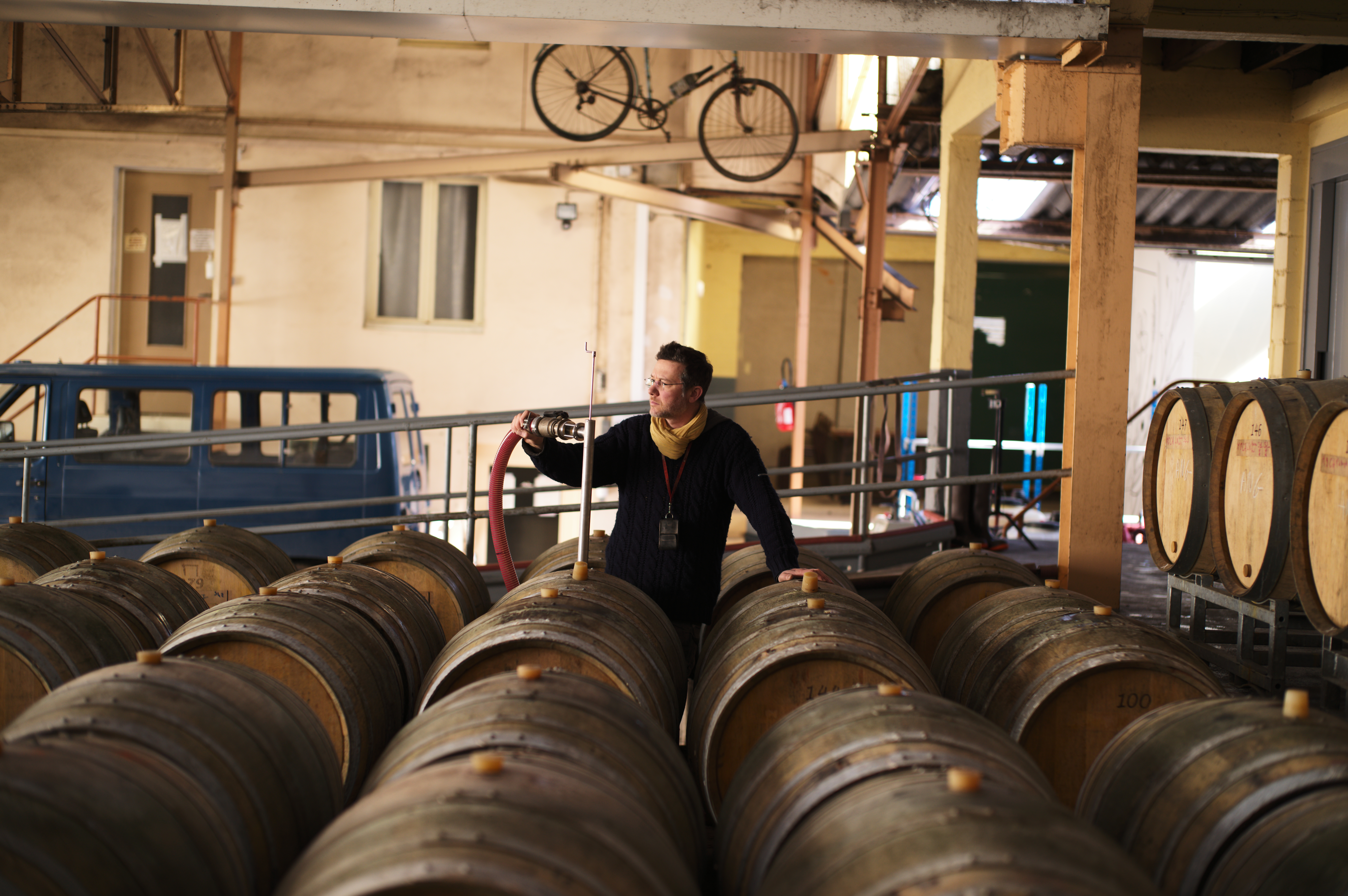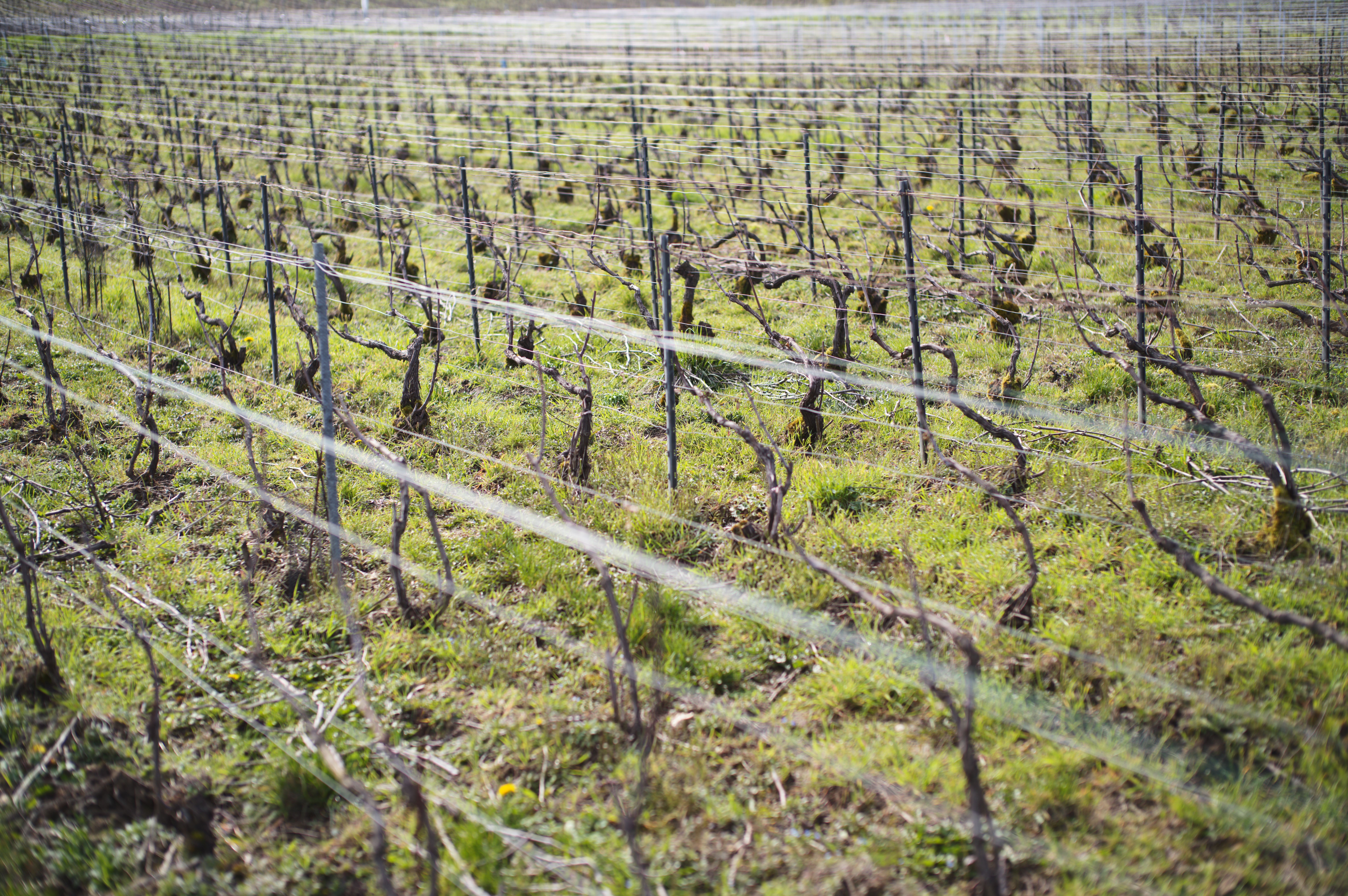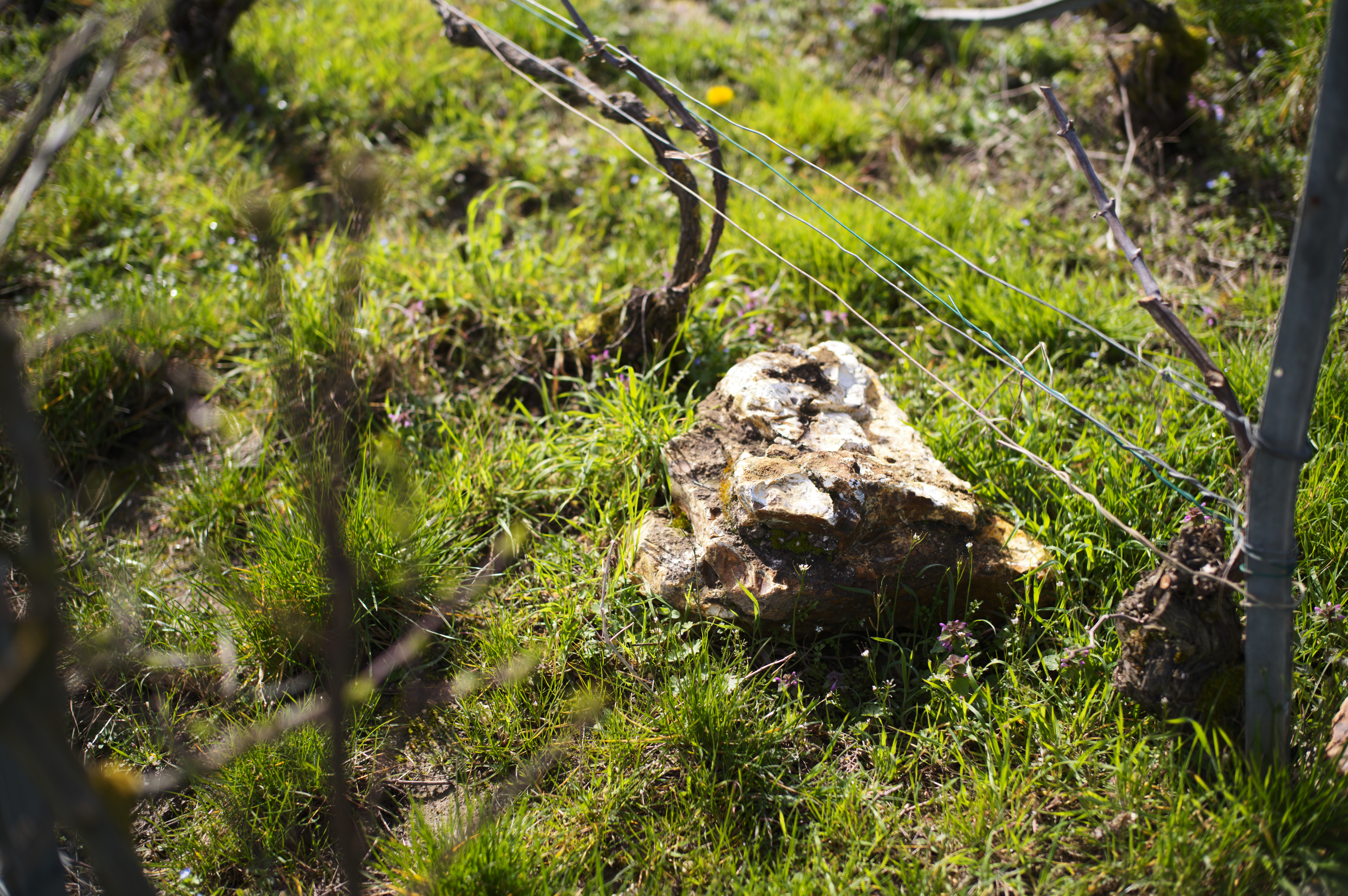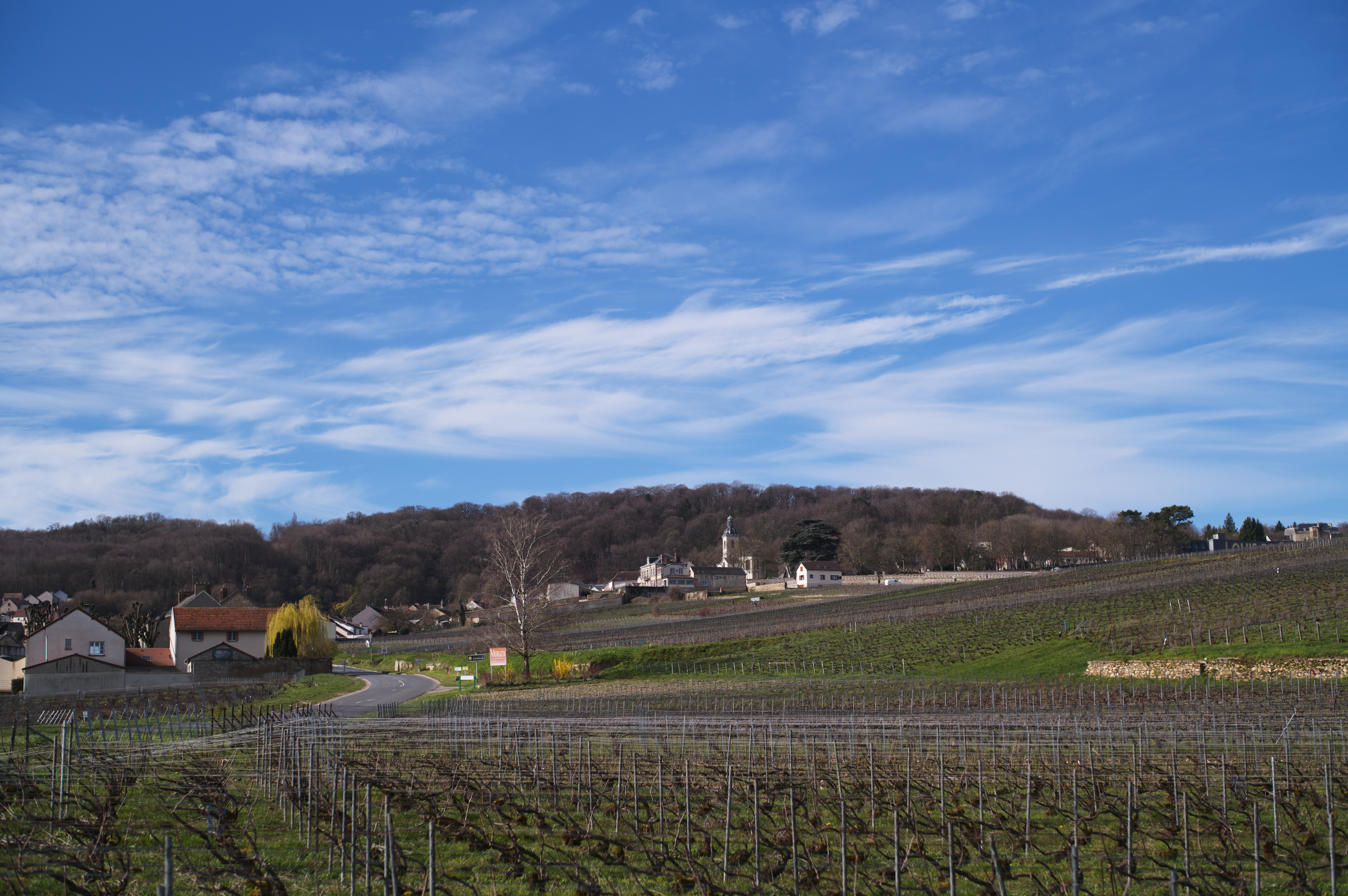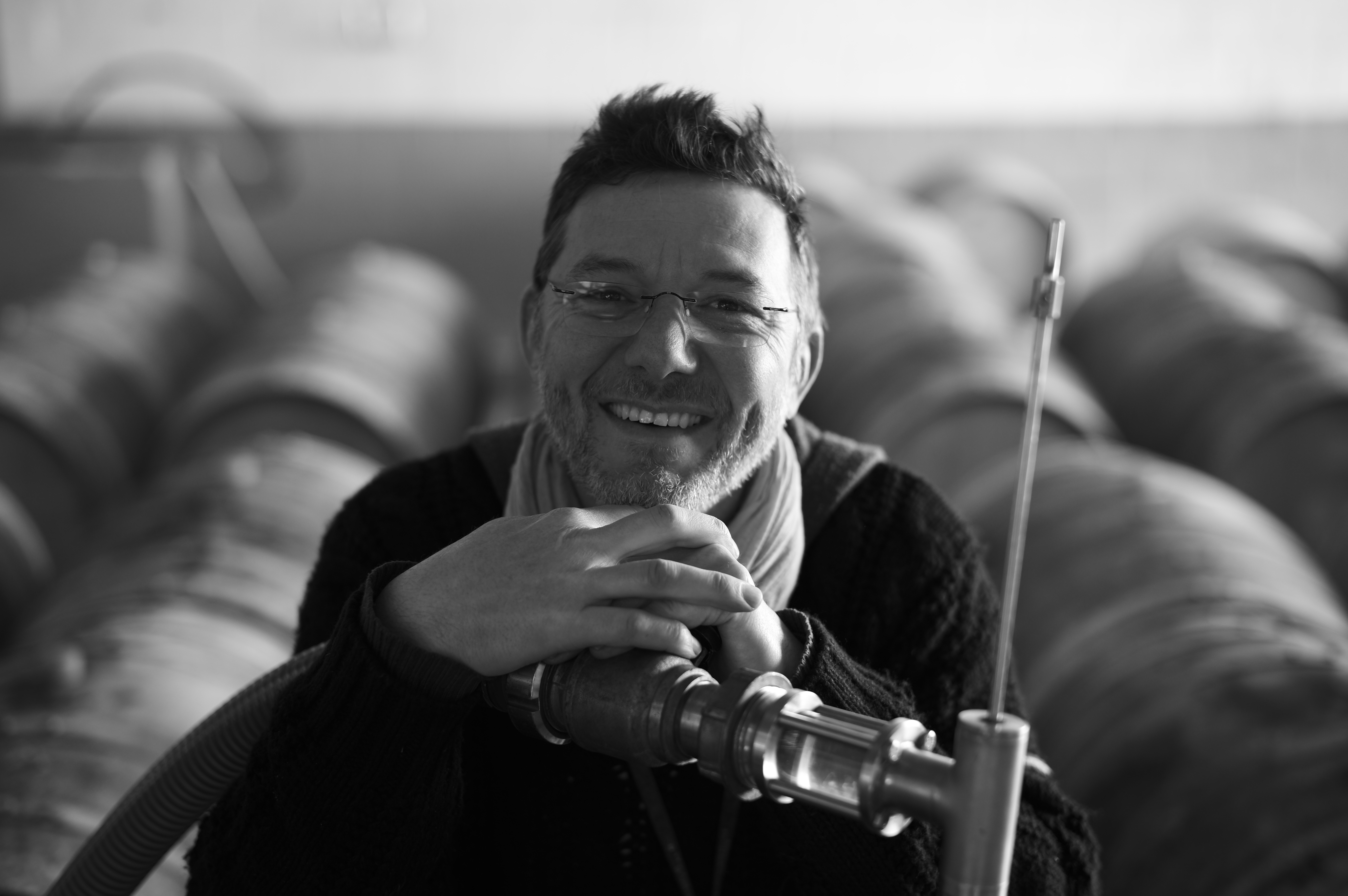Sébastien Mouzon is a member of a current generation of growers revolutionizing viticulture in Champagne. Located in the Grand Cru village of Verzy, he is the 9th generation to farm vineyard land in this exceptional Grand Cru, with family roots back to 1776. Sébastien took over his family domaine in 2008, and starting with just two hectares, slowly converted the entire eight-and-a-half-hectares estate to organic viticulture which he officially accomplished in 2012. Seven years later, on a path to an even more natural and holistic approach, he became one of a handful of growers to earn Demeter certification for Biodynamic practices. Today, Chickens are used to control cover crops and combat pests, and Sébastien treats the vines with his own blend of homeopathic tinctures such as dandelion, wicker, nettle, yarrow, and oak to supplement his biodynamic regimen.
Nearly 60% of the Mouzon vineyard is planted with Pinot Noir, while Chardonnay represents just under 35%. The remaining 5% of the vineyard is planted with Arbanne, Petit Meslier, Pinot Blanc, Meunier and Pinot Gris. These “other” varieties are planted throughout his parcels, and also planted in a single plot called Les Fervins. Also co-planted are hundreds of aromatic plants including thyme, oregano, and mint -- all interspersed in the vineyards, creating a richer and more balanced ecoysteme in which the vine can thrive. One of the pioneers of Vitiforestry, Sébastien began planting trees in a few vineyards in 2011. Since then, along with Adrien Renoir and other like-minded growers in the village, they have collectively planted over 5,000 trees in the village of Verzy. The trees are various heights from lower bush-like trees to medium and tall trees that provide beneficial shade in warm to hot vintages. As a result of these extraordinary efforts, Verzy looks and feels like no other village in the region.
Sébastien has always understood that Verzy produces unique wines, different from the villages of the north (Verzenay Grand Cru) and the south (Villiers-Marmery 1er Cru), and above all very different from the famous Grands Crus of Bouzy and Ambonnay, which are sunnier and facing due south. Early in his career, he studied soil samples from each of his 60 plots. He identified three distinctive hillsides of the village, all facing northeast, but with different strata of soils. The “first” hillside, bordering Villers-Marmery, has more calcareous soil with very little clay, mainly planted with Chardonnay. On the “middle” hillside where the chalk begins to sink deeper and the clay becomes heavier, he has equal parts of Pinot Noir and Chardonnay planted. The “third” hillside, which borders the famous Grand Cru of Verzenay, has soils richer in clay which produce more powerful wines, mainly from Pinot Noir. Overall, he emphasizes, “in Verzy, the dominant part of the wine is the mineral part”, attributing this to the unique silex soils of the village.
Like most producers in the region, Mouzon produces a range of different wines. These different terroirs of Verzy are combined to create blended wines but it also produces single-site plot wines and two vintage vintages for the two dominant grape varieties. Mouzon opts to use other unique descriptors for each each cuvée. The range starts with L’Atavique, named for the term “Atavism”, or the “recurrence of traits in an ancestor in a subsequent generation” (Oxford Dictionary). Then there is L’Ascendant, which is a solera ascending from L’Atavique’s starting in 2014, as well as a Pinot Noir-based Rosé de Saignée called L’Incandescent. For the "terroir wines" there are four vintage cuvées including: L’Ineffable (100% Pinot Noir), L’Angelique (100% Chardonnay), Les Fervins (all 7 Champagne varieties) and L’Opiniatre (Chardonnay selection, without SO2). We finish the range with a Coteaux Champenois also from Les Fervins (7 varieties), and a gorgeous Ratafia called L’Exaltant.
At harvest, each parcel is carefully brought in separately by hand, with an emphasis on physiological ripeness. Natural alcoholic fermentation is done mainly in 228-liter barrels, with a few wines fermented in steel or enamel tanks. For each parcel, he creates a unique pied de cuve from earlier harvested grapes to use for fermentation, a process which he feels helps to accentuate the specific vineyard signature of each cuvée. After the initial fermentation, Sébastian will age the wines for up to two years in barrel before bottling for the second fermentation. There is no fining or filtration, and very minimal-to-zero sulfur is used in the cellar (generally 15mg total/5mg free). En tirage aging is an average of three years, with the vintage wines aging five years en tirage before disgorgement. Not surprisingly, dosage is used very sparingly, if at all, to not obscure the underlying signature of each wine. The individual wines are as follows:
L'Atavique - Non-vintage Champagne that is a blend of all 65 parcels planted in the three sections (valleys) of Verzy; the easternmost has chalk very close to surface, in the middle valley chalk is 1 meter deep, and the westernmost valley is clay dominant. Uniquely strong presence of silex throughout the village. Translates to "atavistic" - relating to or characterized by a return to something ancient or ancestral.
L'Incandescent - Non-vintage Champagne from Pinot Noir planted uniquely in the chalky eastern valley where Chardonnay dominates. One parcel in this sector was consistently affected by frost and since red varieties tend to be less sensitive, Sébastien’s grandfather and father replanted this parcel to Pinot Noir as a way to both mitigate the effects of frost and to have Pinot planted in chalk for the Rosé de Saignée. Translates to "incandescent" - emitting light as a result of being warmed. Full of strong emotion; passionate.
L'Ascendent - Non-vintage Champagne from Pinot Noir and Chardonnay grown across the three seperate hillside of Verzy Grand Cru. Chalk, silex and loam and calcareous clay over chalk. A true solera of the cuvee l’Atavique, started in 2014. All wines for the Solera are held in used Cadus barrels until bottling. Translates to "ascendent" - rising in power or influence.
L'Angelique - Vintage Champagne made from Chardonnay grown in the eastern, chalky section of Verzy Grand Cru, as well as in the middle valley where chalk is one meter deep. Uniquely strong presence of silex throughout the village. Translates to "angelic" - relating to angels. Exceptionally beautiful.
L'Ineffable - Vintage Champagne from the western valley, bordering Verzenay (where Pinot reigns supreme), as well as in the middle valley where chalk is one meter deep. Uniquely strong presence of silex throughout the village. Translates to "ineffable" - too great or extreme to be expressed or described in words.
Les Fervins - Vintage Champagne and Coteaux Champenois are made from equal parts of all seven indigenous varieties planted in the center valley where chalk is a meter deep. This is the sector where Sébastien launched his vitiforestry experiments. Chardonnay plantings are 70 years old, Pinot Noir plantings are 35 years old, and remaining varieties were all planted in 2013-2014. Translates to "the fervent ones" - having or displaying a passionate intensity.
L'Exaltant - A unique Ratafia made from the press juice of "Incandescent." 100% of Grand Cru Verzy Pinot Noir bunches that had two days of skin contact before the juice was fortified with grape spirit. Sébastien is aiming for significant oxidation, which suits the elixir very well, giving it aromas a bit reminiscent of Port. And like port, it can remain open for weeks without deteriorating. Sébastien is confident that it pairs perfectly with any dessert in the world! Serve at just under ten degrees or pour over ice. Translates to "exalting" - holding someone or something in very high regard.
All in all, Sébastien follows his own path, crafting expressive, unique wines, which reflect both place and his philosophies and personality. Mostly, he works tirelessly to express the character of his home village of Verzy, making Champagnes of striking tension and balance without losing their appealing drinkability. These are not hedonistic, fruit forward wines, but soulful, thoughtful, and satisfying wines that bring you back to the glass as they open and develop, displaying true transparency and expression of place.
